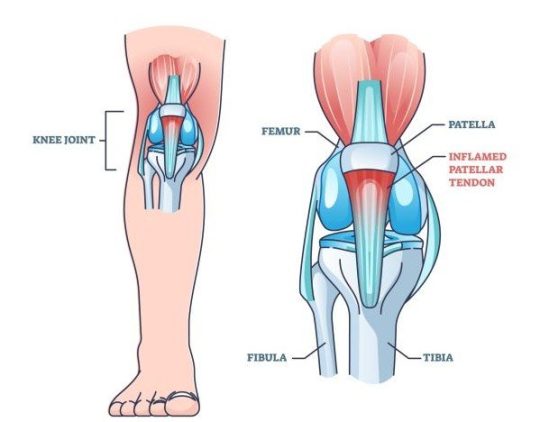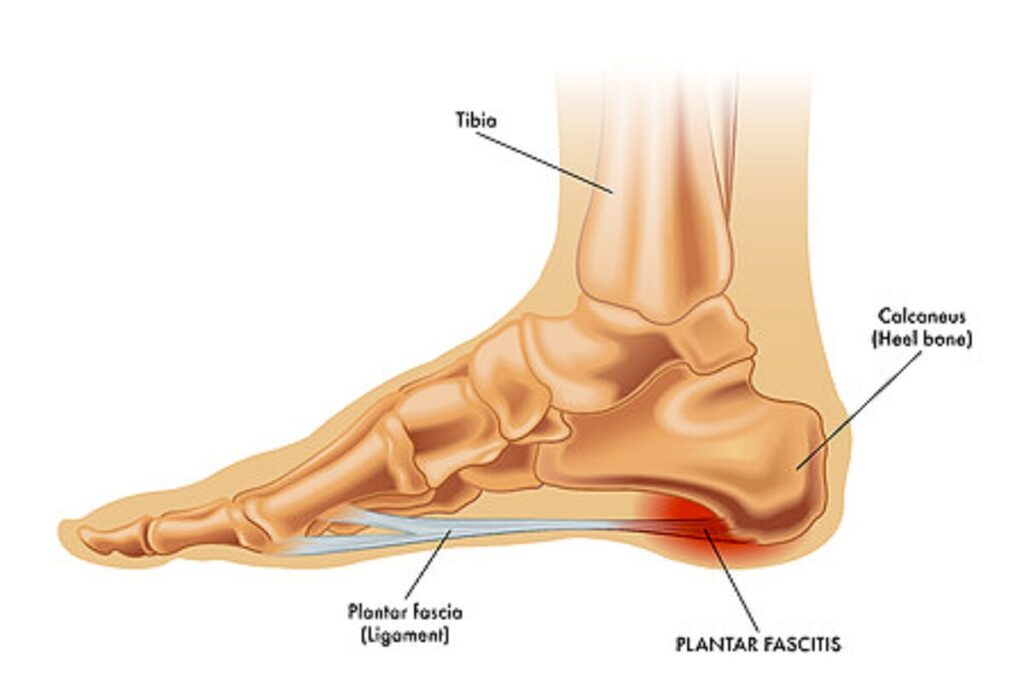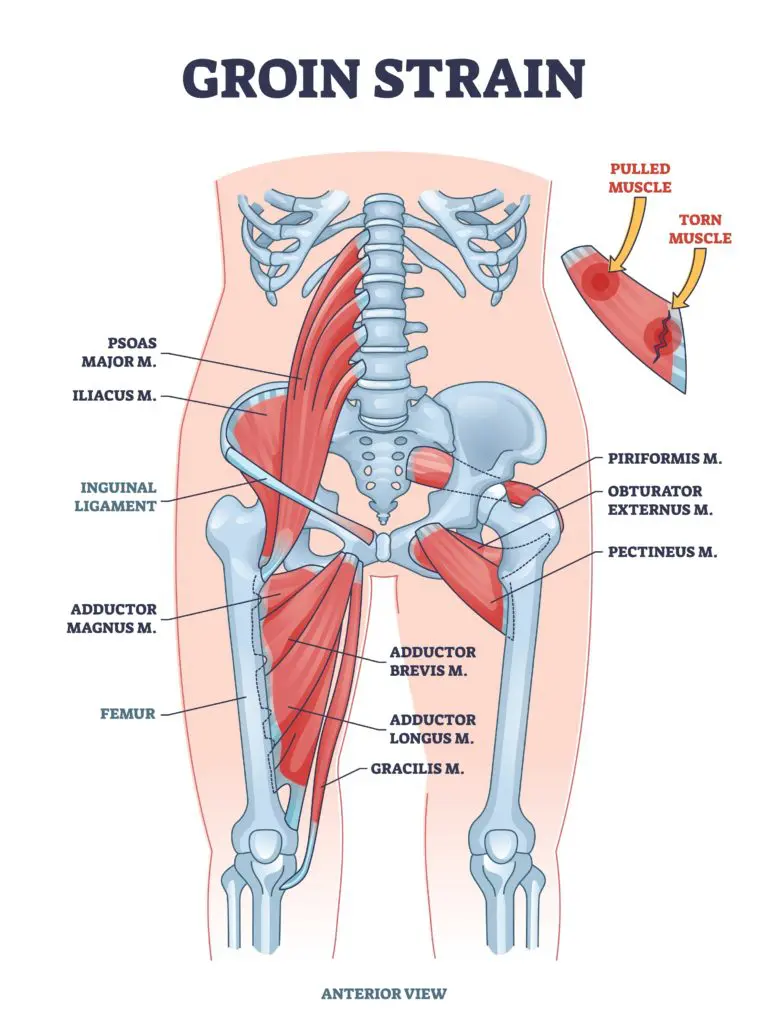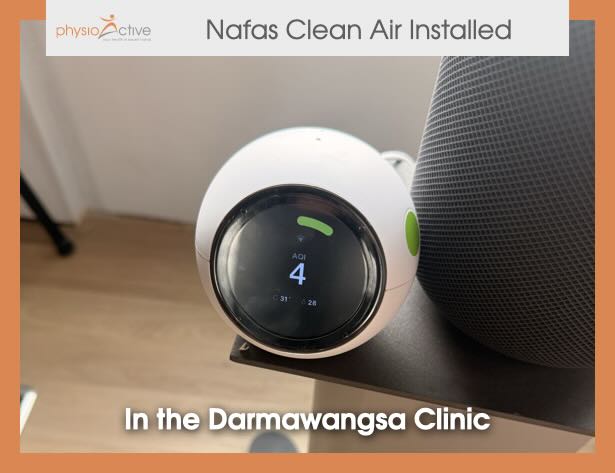What injuries we can treat with Physiotherapy
Fast-paced, high energy and a great way to burn time – padel ball is a game that has recently taken over the world by storm. With just a paddle and a ball the game delivers non-stop action and heart racing rallies that test your reflexes, coordination and strategy. Whether played for fun or in fierce competition, padel ball strikes the perfect balance between simplicity and excitement – making it a game anyone can enjoy, even those who don’t consider themselves sporty. That said, while padel ball is a fun and an engaging way to spend time, those unaccustomed to physical exercise are at risk of injury especially when exposed to the game’s fast paced intensity. In order to mitigate this risk this blog will guide you through the potential injuries associated with paddle ball and help you recognize the symptoms that may indicate whether you’re at risk.
What is Padel?
Padel is a fast-growing racket sport that combines elements of tennis and squash, played in doubles on an enclosed court about one-third the size of a tennis court. It’s known for its exciting rallies, use of walls, and beginner-friendly gameplay that still offers plenty of depth for competitive players.
Players use solid stringless puddles and light tennis balls to play. The serve must be underhand bouncing once before being hit diagonally into the opponent’s service box. In terms of scoring the game follows the rules of tennis ( 15,30,40 ) and matches are won by first to win three sets. Players lose points when the ball bounces twice, hitting the ball out of bounds, not letting the serve bounce before hitting it and hitting the ball into the fence.
Statistics of Injuries
This is based on article: Incidence, prevalence and nature of injuries in padel: a systematic review
| Static | Value |
|---|---|
| Injury rate (per 1,000 training hours) | ~ 3 injuries |
| Injury rate (per 1,000 matches) | ~ 8 injuries |
| Annual injury prevalence | 40% – 95% of players experience at least one injury |
Common Injury Locations
Common injuries (upper body)
Rotator Cuff Tendinitis or Tear
The rotator cuff is a group of four small muscles and tendons that stabilize the shoulder joint and help you lift and rotate your arm. In padel, it is used to hit overhead shots like smashes or lobs. Repeated use of this muscle group without proper stretching or rest could cause :
Rotator Cuff tendinitis where your rotator cuff becomes inflamed due to overuse or irritation.
Rotator Cuff Tears a more severe condition where the muscle group is either partially or completely torn.
Symptoms you need to look out for
- Pain when lifting or rotating your arm
- Weakness in the shoulder
- Pain at night or when lying on the injured shoulder
- Difficulty performing overhead movements
Prevention Methods
- Strengthening and protecting the shoulder muscles
- Practicing good posture and lifting techniques
- Avoiding repetitive overhead movements
Shoulder Impingement
Shoulder impingement occurs when the rotator cuff tendons or bursa (a fluid-filled sac) get pinched between the bones of the shoulder during arm movement — especially overhead actions like smashes or volleys in padel.
This repeated pinching causes inflammation, pain, and limited mobility, and can lead to more serious injuries if left untreated.
Symptoms you need to look out for
- Sharp pain when raising the arm (especially overhead)
- Weakness or stiffness in the shoulder
- Pain that worsens with activity and improves with rest
- Difficulty reaching behind your back (e.g., putting on a shirt)
Prevention Methods
- Focusing on strengthening the shoulder muscles
- Improving posture
- Using proper techniques during activities
Tennis Elbow
Tennis elbow is derived from overuse and causes pain to the tendons that connect the forearm muscle to the outside elbow. Despite the name this injury is prevalent in padel due to the repetitive backhand swings and light paddle grips.
Repeated strain on the forearm muscles, sudden increases in intensity and improper grip size or heavy paddle are all main causes of tennis elbow.
Symptoms you need to look out for
- Pain or burning on the outside of the elbow
- Weakened grip strength (e.g., trouble holding your paddle, opening bottles)
- Pain that worsens with activity (e.g., swinging, lifting, or twisting motions)
- Tenderness when touching the outer elbow
Prevention Methods
- Strengthening and stretching your forearm muscles
- Using proper technique and equipment
- Taking breaks during repetitive tasks
Wrist Tendonitis and Sprain
Wrist tendinitis is the inflammation of the tendons in your wrist — the tough cords that connect muscle to bone. In padel, frequent flicking motions, quick grip changes, or forceful shots can put repeated strain on these tendons, especially if your wrist isn’t conditioned properly.
Wrist sprain is more common and happens when the ligaments in the wrist are stretched or torn. In padel, this might happen during a fall, sudden mis-hit, or if the paddle is forcefully twisted in your hand.
Symptoms you need to look out for
- Sudden, sharp pain after impact or awkward motion
- Swelling and bruising
- Dull or sharp pain around the wrist joint
- Swelling and tenderness
Prevention Methods
- Focus on proper warm-up and cool-down routines
- Maintain good posture and technique during activities
- Incorporate wrist exercises into your fitness routine
Common Injuries (lower body)
Ankle Sprain
An Ankle Sprain is the stretching or tearing of ligaments around the ankle, often caused by sudden twists or landing awkwardly.
In padel quick direction changes, jumping for volleys and uneven foot placements can cause ankle sprains.
Symptoms you need to look out for
- Pain
- Swelling
- Bruising
- Difficulty walking or putting weight on the foot.
Prevention Methods
- Strengthening Exercises
- Proper Footwear
- Ankle Support (Braces or Taping)

Jumpers Knee
Jumpers’ Knee is the inflammation of the tendon connecting the kneecap to the shinbone.
Its main causes is repeated jumping, lunging, or sudden stops common in padel.
Symptoms you need to look out for
- Pain below the kneecap
- Tenderness and swelling
- Stiffness or tightness at the knee
- Weakness or instability
Prevention Methods
- Gradually increasing training intensity
- Strengthening supporting muscles
- Ensuring adequate rest and recovery

Plantar Fasciitis
Plantar fasciitis or heel pain is a condition where there is inflammation on the thick band of tissue on the bottom of the foot.
Long matches of paddle, improper footwear, or high-impact footwork can cause plantar fasciitis.
Symptoms you need to look out for
- Sharp, stabbing pain in the heel or arch of the foot
- Worst pain occurs with the first steps in the morning
- Pain improves slightly with movement
- Tenderness or tightness along the sole of the foot.
Prevention methods
- Focus on proper footwear
- Stretching
- Weight management

A Groin Strain is an Injury to the inner thigh muscles (adductors). It is caused when the adductor muscles are stretched beyond their limit.
Especially in padel side lunges or split steps to reach wider shots can cause overstretching of the muscles. Weak core and thigh muscles can also increase the risk of groin strains.
Symptoms you need to look out for
- Sudden sharp pain in the inner thigh or groin area at the time of injury
- Tenderness or soreness along the inner thigh
- Pain when moving the leg sideways (e.g., stepping, lunging, or changing direction)
- Muscle tightness or weakness in the groin or upper leg
Prevention Methods
- Warming up
- Stretching and strengthening
- Gradually increasing exercise intensity
Solutions
If you experience any of these injuries or symptoms, I recommend consulting with a physiotherapy clinic. It can play a crucial role in both injury prevention and recovery — offering tailored advice, strengthening programs, and hands-on treatment to keep you playing safely and pain-free.
Please consider taking the following rehabilitation steps to help minimize detrimental effects whilst waiting for a chance to visit a physiotherapy clinic :
- Rest
- Ice
- Compress
- Elevation
Conclusion
While padel ball is a fun and fast-paced sport, it’s always smart to stay mindful of the little risks that come with it. Keeping your body strong, warmed up, and well-supported goes a long way in staying injury-free. And if something does feel off? Don’t play through it—pay a visit to your local physio clinic. They will help you bounce back quickly and safely, so you can get back on the court feeling better than ever. Play smart, stay healthy, and most importantly—have fun!
Booking
To make a booking with Physioactive, you can click here, or just send us a whatsapp.




